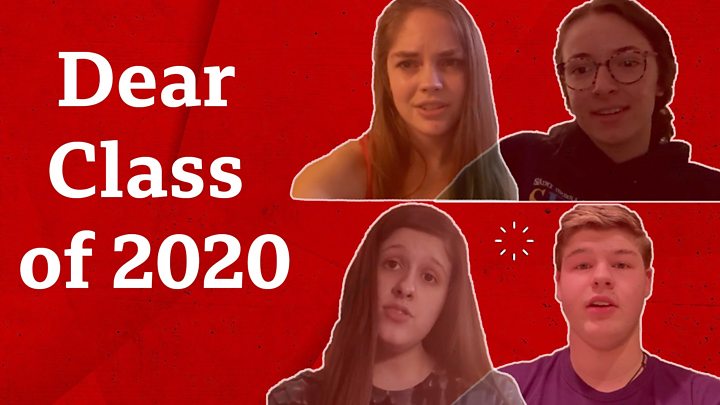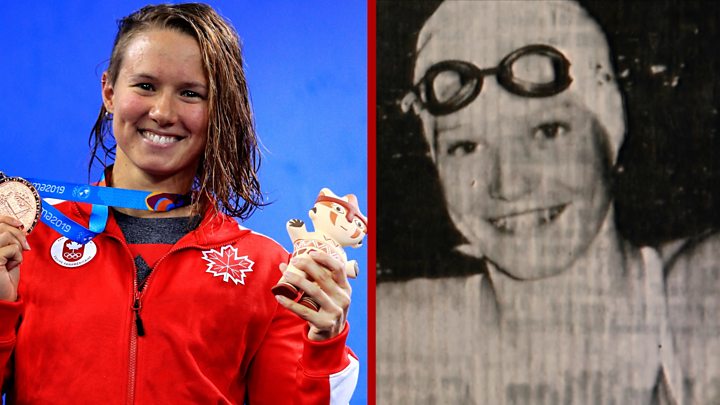President Donald Trump has claimed “total” power to lift the nationwide coronavirus lockdown, contradicting governors and legal experts.
“The president of the United States calls the shots,” Mr Trump said during a combative press conference in which he feuded with reporters.
But the US Constitution says the states maintain public order and safety.
Ten states on the US East and West coasts are planning to lift their strict stay-at-home orders.
The US is the global epicentre of the coronavirus pandemic with 682,619 confirmed cases and 23,608 deaths.
What did President Trump say?
Mr Trump, a Republican, told the daily White House coronavirus briefing on Monday that his administration was finalising a plan to reopen the US economy, which has been largely shut down to slow the spread of the coronavirus.
The Trump administration has signalled 1 May as a potential date for easing the restrictions.
The current White House recommendations for Americans to avoid restaurants and non-essential travel and keep in-person gatherings to no more than 10 people expire on 30 April.
But when journalists queried whether Mr Trump had the authority to over-ride stay-at-home orders imposed on a state-by-state basis, he said: “When somebody is the president of the United States, the authority is total.

“It’s total. The governors know that.”
He added: “That being said, we’re going to work with the states.”
The president insisted “numerous provisions” in the US founding charter give him such power, without specifying which ones.
But legal experts say the president does not have the authority to reverse a public health restriction put in place at the state or local level.
Asked by the BBC’s Jon Sopel if he was concerned about the possibility of having to close the economy again if a second wave of coronavirus strikes, Mr Trump said: “It does weigh on my mind.”
He told reporters the number of deaths from the virus in the US had begun to plateau, indicating that social distancing efforts had succeeded.
During the briefing, the White House played a video montage lambasting the media coverage, touting the president’s handling of the pandemic and clips of governors praising the Trump administration.
Several news outlets, which have been broadcasting the daily briefings live, quickly cut away.
What are governors saying?
Governors assert it is their prerogative when the coronavirus-related restrictions get lifted.
Responding to a Trump tweet earlier in the day claiming unilateral authority on the matter, Governor Tom Wolf of Pennsylvania said: “Well, seeing as how we had the responsibility for closing the state down, I think we probably have the primary responsibility for opening it up.”
State governors are discussing plans to resume economic activity without apparent input from the Trump administration.
Officials in New York, New Jersey, Rhode Island, Connecticut, Delaware, Massachusetts and Pennsylvania promised an “overwhelmingly prudent” approach, but gave no timeline.
New York has almost 190,000 coronavirus cases and has seen more than 10,000 deaths – among the highest rates in the world.

But Governor Andrew Cuomo told a briefing on Monday he believed the “worst is over” for his state.
“Nobody has been here before, nobody has all the answers,” said Mr Cuomo. “Addressing public health and the economy: which one is first? They’re both first.”
The western states of California, Washington and Oregon also announced plans for a shared approach to reopening.
Except for Massachusetts, all the 10 states are led by Democratic governors.
More than 40 states have imposed state-wide stay-at-home orders for their entire population.
What strategies are other countries taking?
Globally, different approaches have been adopted to loosening lockdown restrictions.
The Chinese province of Wuhan, where coronavirus was first reported last December, has partially reopened after more than two months of isolation.
Spain has allowed around 300,000 nonessential workers to return to their jobs.
Italy – the hardest-hit country in Europe – will allow a narrow range of businesses to resume operations this week.
In France, President Emmanuel Macron has announced the country’s near-lockdown will extend until 11 May.
The UK government has said no one should expect any changes to its lockdown restrictions this week.
What else did Trump say?
Mr Trump told Monday’s briefing he did not intend to fire the top US expert on infectious diseases, Anthony Fauci – a day after the president shared a tweet with the hashtag “#firefauci”.
Dr Fauci incurred the ire of the president’s supporters after he told CNN that lives could have been saved if the US had shut down earlier during the coronavirus outbreak.
Mr Trump invited Dr Fauci – a key member of the White House coronavirus task force – to the stage in the opening minutes of the briefing.
The president said that he and Dr Fauci had been on the same page “from the beginning” and declared he liked the respected doctor.
“I think he’s a wonderful guy,” Mr Trump said, while adding that not everyone was happy with the health expert.
Dr Fauci has contradicted or corrected Mr Trump on scientific matters during the public health crisis. But on Monday, he conceded he had used “a poor choice of words” in his CNN interview.
While Mr Trump initially played down the threat of coronavirus, he was by no means alone among US public officials in doing so.
Dr Fauci himself on 17 February said the danger from coronavirus is “just minuscule” compared with the “real and present danger” of flu.
BBC


Comments
Post a Comment